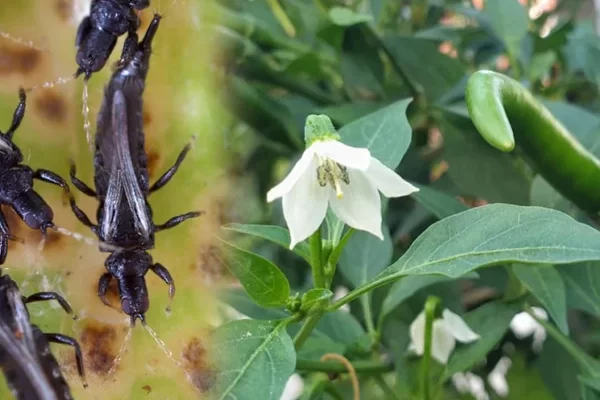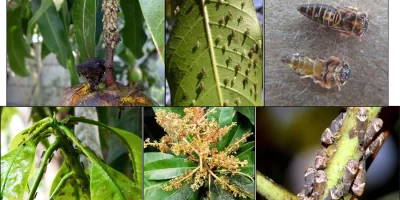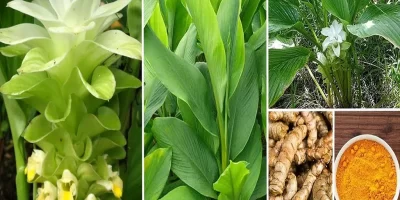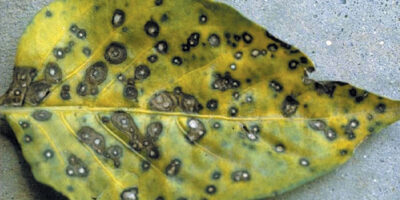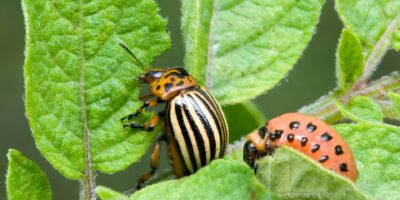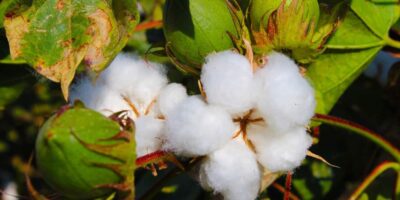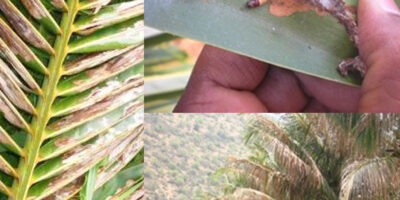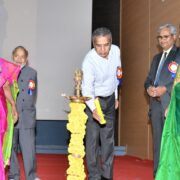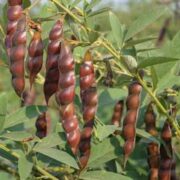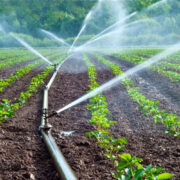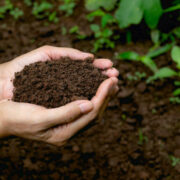Thrips Parvispinus: The major solanaceous vegetable cultivated in Andhra Pradesh and Telangana is chilli. Total cultivated area of chilli in both A.P and TN is 6.47 acres. The cultivated area has been reduced due to the new emerging species of thrips which is making farmers more problematic in the reduction. It was reported from South East Asia. In India it has been first reported on papaya in Bengaluru.
The adult female thrips are brown in colour with head, thorax lighter than abdomen. Males are smaller than female and yellow in colour. The nymphal stages suck the sap on the undersurface of the leaves whereas, the adults colonize mainly on flowers. The pest damage the crop by sucking sap from the leaves. The symptoms of damage include deep punctures & scratches on the underside of the leaves. The undersurface of leaves turns reddish brown, whereas upper surface become yellowish. Upward marginal curling of leaves has been noticed. The new flush may become completely dry 0r blighted in case of severe infestation. Whereas damage on the floral parts may results in brownish streaks on the petals. Pollination may be affected due to the feeding on pollen. The affected floral parts may dry completely & withers away. The damage also effects fruit set resulting in malformed fruits or no fruits. Stunted growth has been noticed under severe infestation.
Also Read: Sucking Pests of Cotton: Management of sap sucking pests in cotton
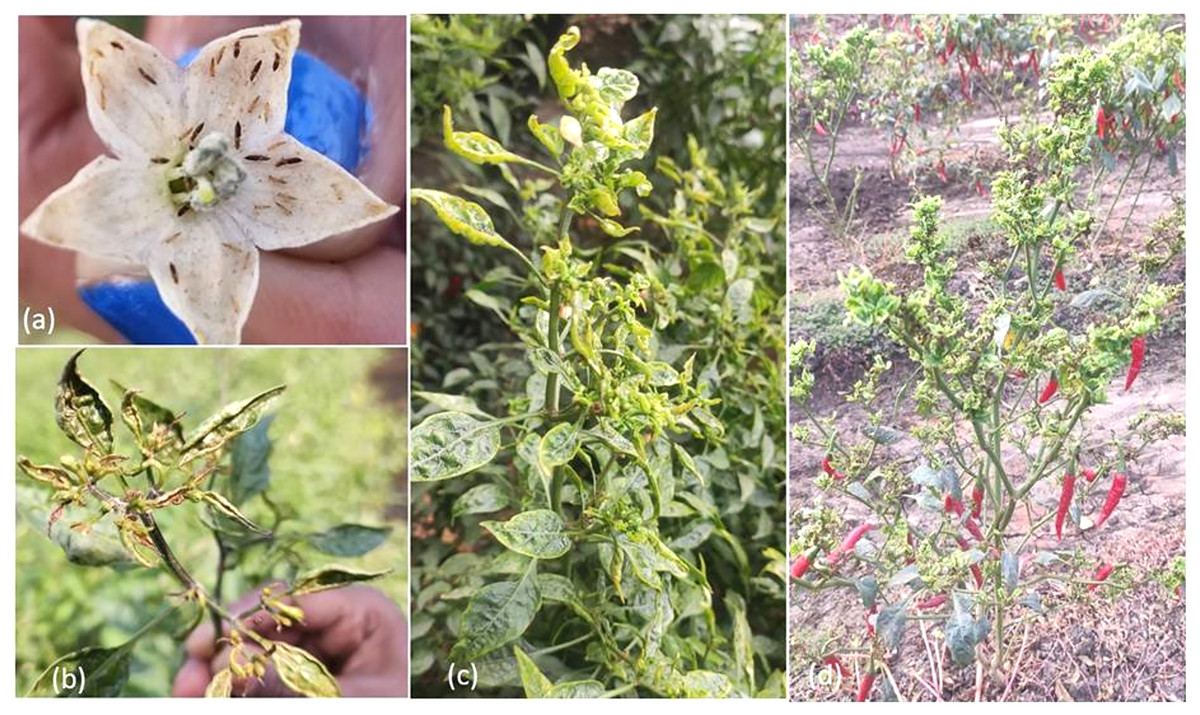
Thrips Parvispinus
Management: The dry weather conditions are more favourable for the pest population, so maintain adequate moisture in the field. So, that plant cells become more turgid. Seed treatment with Imidachloprid 70WS @10g/kg of seed prevents the pest infestation. Avoid application of excess nitrogenous fertilizers as it makes plants more succulent & attractive, thereby plants are prone to severe pest attack. Raking of soil will expose the pupal stages of pest & helps in destroying them. Soil application of 500g of Neem cake will reduce resistance against thrips. Clean cultivation & maintaining weed free bunds are crucial for the management of pest population. Nipping & destruction of severely infested apical shoots at vegetative stage for destruction of thrips residing over apical parts. Installation of yellow sticky traps @65-75 traps/ha will help in monitoring & destruction of pest population.
Spraying with Bioagent like Beauveria bassiana or Verticillium lecannii at 4g/ml per litre of water will help in biological control of thrips species. Spraying with 5% Neem seed kernal extract @ 5ml/lt of water will reduce the infestation. Spray Fipronil 5% SC @ 300-400g/200 litres of water. Also spray Imidachloprid 17.8% SL @ 1.7ml or Dimethoate 20% EC @2ml or Acetamiprid 20% SP @ 1.5ml/litre of water can reduce the pest population. The waiting period for above pests is 5-7 days. Spraying of cyantraniliprole 10.26% OD @1.2g/lt of water will control the pest in severe infestation.
Also Read: Dragon Fruit Cultivation: Dragon fruit – Fruit of future

